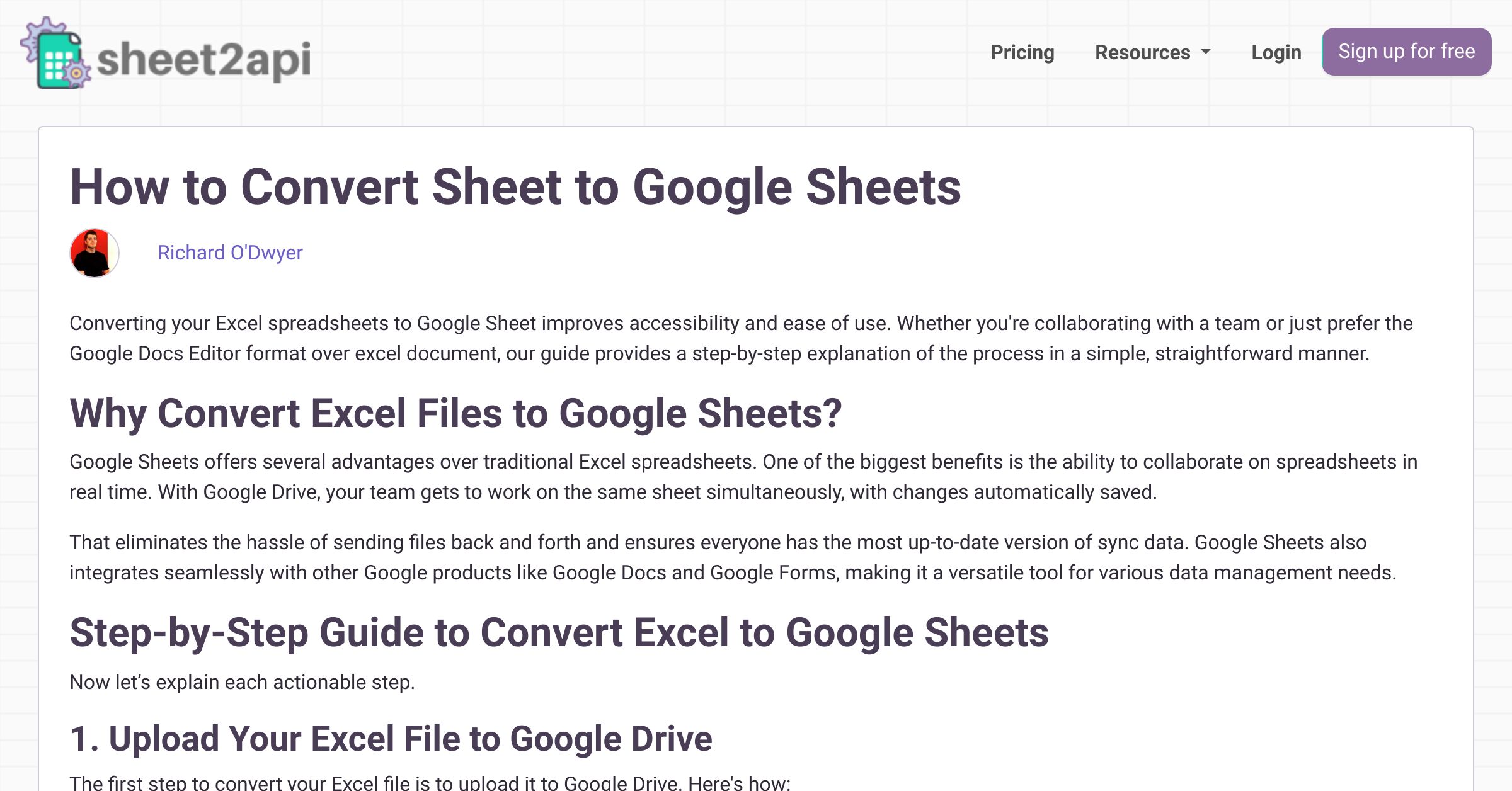5 Simple Ways to Turn Excel Sheets into Icons

Excel isn't just for number crunching and data analysis; it's a versatile tool that can also be used to create a variety of visual aids. One lesser-known use of Excel is turning spreadsheets into icons. This process involves transforming numerical or textual data into graphical representations, which can be useful for presentations, reports, or simply to add some visual interest to your data. Let's delve into five simple methods to convert your Excel sheets into engaging icons.
1. Using Conditional Formatting

Conditional Formatting in Excel is a powerful feature that changes the appearance of cells based on their values. This can be used to highlight data trends or anomalies visually:
- Set Icon Sets: You can choose from predefined sets of icons like flags, arrows, or even shapes. To do this, select your data range, go to Home > Conditional Formatting > Icon Sets, and choose an icon set that suits your needs.
- Customize Icons: While Excel has default sets, you can define rules for custom icons or even use shapes or pictures as icons for more personalization.
💡 Note: Custom icons must be simple shapes for best results as Excel has limitations on custom icon usage.
2. Embedding Icons with Shapes
Excel’s Shapes feature allows for the creation of basic icons:
- Insert a Shape: Click Insert > Shapes, then select a shape that could represent your data point.
- Style and Format: Use the Format tab to change the shape’s color, border, or even add effects like shadows to make it stand out.
- Link to Data: You can link the shape’s properties to cell values, making it change dynamically with the data. For example, a bar can grow in length based on cell values.
3. Utilizing Sparklines

Sparklines are mini-charts within a cell, perfect for creating inline graphs or trend icons:
- Select Data: Highlight the range you want to visualize as a sparkline.
- Insert Sparkline: Go to Insert > Sparklines, then choose the type (Line, Column, or Win/Loss).
- Customize Sparklines: You can change the appearance, like color, style, and markers, to better represent your data.
📊 Note: Sparklines are great for providing a visual summary without overwhelming with data.
4. Creating Custom Images from Data

For more unique iconography, consider using data to form images:
- Data-Driven Art: Use the Data Bars or Color Scales from Conditional Formatting to create gradient-like images or bars that reflect data magnitude.
- Picture Formatting: You can import images into Excel and format them to reflect cell values, although this method requires some VBA programming for dynamic changes.
5. Using Add-Ins and Excel Macros
For advanced users or large datasets:
- Add-Ins: Tools like Excel Iconizer or Iconfactory provide predefined icons and automate icon creation.
- Macros: Write VBA macros to automate the process of creating icons based on data criteria. For instance, you can automate the insertion of shapes and their formatting.
To summarize the key techniques, Excel offers several tools for visual data representation. Here’s how you can transform your spreadsheets:
| Method | Description |
|---|---|
| Conditional Formatting | Use icon sets or custom rules for visual representation. |
| Shapes | Create and link basic shapes to data for dynamic icons. |
| Sparklines | Embed mini charts for a quick view of trends. |
| Custom Images | Use data to form images or format pictures dynamically. |
| Add-Ins and Macros | Automate icon creation with external tools or coding. |

In closing, turning Excel sheets into icons not only makes your data more appealing but also enhances its comprehension and impact. Whether you're presenting, reporting, or just organizing your data, these techniques allow for creative and efficient data visualization within the familiar interface of Excel.
Can you use icons from outside Excel for this process?
+
Yes, you can insert custom images using Excel’s ‘Picture’ tool and format them to reflect cell values, although this might require VBA programming for dynamic changes.
How can I link shapes to my data in Excel?

+
Shapes can be linked to data by adjusting their properties like size or color through VBA or conditional formatting to reflect the data they represent.
What are the limitations of using conditional formatting for icons in Excel?

+
The main limitations include a finite number of icon sets and the inability to directly insert complex custom icons. Excel’s conditional formatting can also slow down large spreadsheets if overused.



